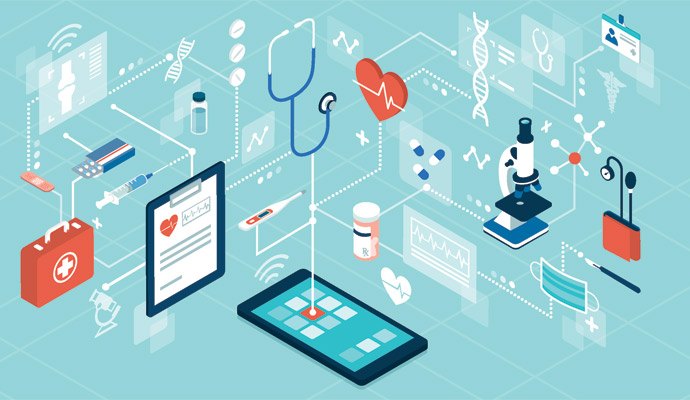Risk Models Show Vital Signs, Age Linked to COVID-19 Severity
New research involving machine-learning risk models shows that vital signs, lab results, and age are associated with the severity level of COVID-19 illnesses.

Source: Getty Images
- While researching the correlation between COVID-19 and health outcomes, a study published in Scientific Reports used risk models to discover that vital signs, lab results, and age are factors that correlate with the level of severity associated with a COVID-19 diagnosis.
The study analyzed 6,906 patients receiving care at Providence St Joseph Health, all of whom received a positive test for COVID-19. With a total mean age of 59.9 years, researchers divided patients into two age groups: one between 18 and 50 years, and the other 50 and older.
After collecting data such as demographics, medical history, vital signs, and laboratory biomarkers, researchers created several risk models to evaluate how they correlated with COVID-19 severity.
To build the machine-learning models, researchers randomly split the dataset into 80 percent training data and 20 percent testing data and then analyzed each patient using multiple algorithms.
The most frequent causes of critical illness and death among the younger group were higher BMI, older age, and the presence of comorbidities like heart failure and cardiomyopathy.
Researchers also noticed that initial oxygen mode could help predict outcome severity within this age group.
Among the older group, the most prominent association with critical illness and death were higher BMI, older age, male, dementia diagnosis, and use of vasopressors.
Also, laboratory results were more often linked to COVID-19 severity among the older population as opposed to the younger group.
According to the researchers, the main takeaways from the findings were that risk models are a proficient method for predicting severe COVID-19 risk, vital signs and la results are more critical for evaluation than comorbidities, and age is an essential factor to consider.
Furthermore, the data from the study will assist researchers in developing future steps regarding the diagnosis and treatment of COVID-19. It also shows potential for a higher level of preparedness for future healthcare crises.
Since the start of the COVID-19 pandemic, various studies have applied predictive analytics to treatment for the disease.
For example, a study from October 2021 discussed how researchers used saliva samples to predict children at risk for poor outcomes of COVID-19. They did this by evaluating the level of cytokines in saliva and noted that patients with severe COVID-19 had high levels of two types of cytokines.
Another study from July 2021 showed how researchers used machine-learning models and predictive analytics to assess COVID-19 as well as enhance evaluation and care. The tools evaluated the severity of a diagnosis following the first 24 hours of hospitalization and defined the correlation between numerous factors.
